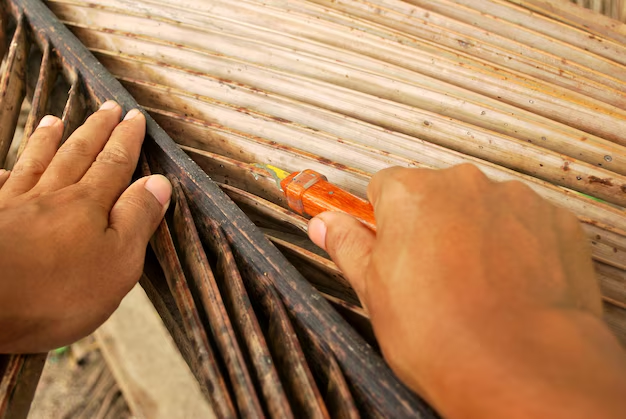Discover the Easy Way to Measure Your Shingle Roof Like a Pro
Taking the plunge into a roofing project, whether for repairs or a full replacement, starts with understanding how to accurately measure your shingle roof. This may seem like a daunting task, but with the right approach and tools, it can be straightforward and even a little rewarding. Here’s how you can measure your shingle roof effectively without breaking a sweat.
Gather Your Tools
Before you climb up that ladder, make sure you have all the necessary tools at your disposal:
- Tape Measure: Essential for measuring lengths accurately.
- Graph Paper: Useful for sketching the layout of your roof.
- Calculator: Helps in computing areas.
- Pencil and Paper: For taking notes and recording measurements.
- Ladder: Ensure it's sturdy and safe to climb.
Measure Your Roof's Pitch
The pitch of your roof is a crucial measurement that accounts for its slope and will affect your material needs. Here's how to measure it:
- Inside Your Attic: Use a level and tape measure to find the height over a 12-inch horizontal distance.
- Outside Measurement: On the roof, use the level to extend horizontally from the roof's edge and measure vertically down to the roof surface.
The pitch is expressed as a ratio. For example, a rise of 4 inches for every 12 inches horizontally means the pitch is 4/12.
Calculate the Roof Area
Once you have the pitch:
Draw Your Roof: Use graph paper to sketch your roof from an overhead view, breaking it into simple shapes like rectangles and triangles.
Measure Each Section: Use your tape measure to find the length and width of each section.
- Rectangular Sections: Multiply length by width to get the area.
- Triangular Sections: Multiply the base by the height, then divide by 2 to get the area.
Add all the sections together to get the total area of your roof. Don’t forget to add allowances for roof overhangs and waste—typically a 10% increase in area should be considered.
Adjust for Roof Pitch
You'll need to adjust for roof pitch to find the actual surface area since a sloped roof will have a larger surface area than a flat footprint. Use a pitch multiplier to adjust your total area:
- Multiply your total area by the pitch multiplier (available in conversion charts) based on your roof's pitch.
Considerations for Financial Support and Improvement
Once you know your total roof area, the next step is often purchasing materials, which can become costly depending on materials and the roof size. Here are some financial assistance options you might explore:
- Government Aid Programs: Some local governments provide grants or low-interest loans for home repairs, including roofing projects.
- Insurance Claims: If your roof is damaged by a storm, check if your homeowner’s insurance covers roof replacements.
- Financing Options: Many roofing companies offer payment plans to spread out costs.
- Rebates or Tax Credits: Sometimes, energy-efficient roofing materials qualify for rebates or tax incentives.
Securing financial help can ease your investment and ensure you get the best materials and contractors for your needs.
Financial Assistance and Educational Opportunities🚀
- 💸 Home Repair Grants: Check local government websites for eligibility.
- 🏠 Insurance Coverage: Review your policy for potential claims.
- 💳 Roof Financing Plans: Look for competitive interest rates.
- 📚 Online Courses on Home Repairs: Gain DIY skills to save costs.
Embarking on a roofing project can be a substantial undertaking, both financially and physically. By accurately measuring your shingle roof and exploring financial support avenues, you're well on your way to securing a roof that will protect your home for years to come.
